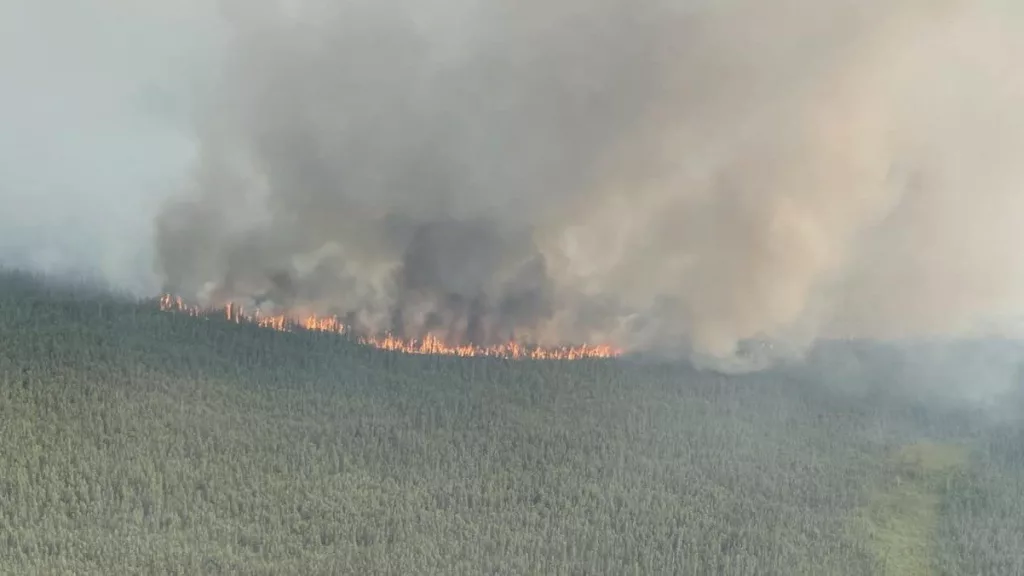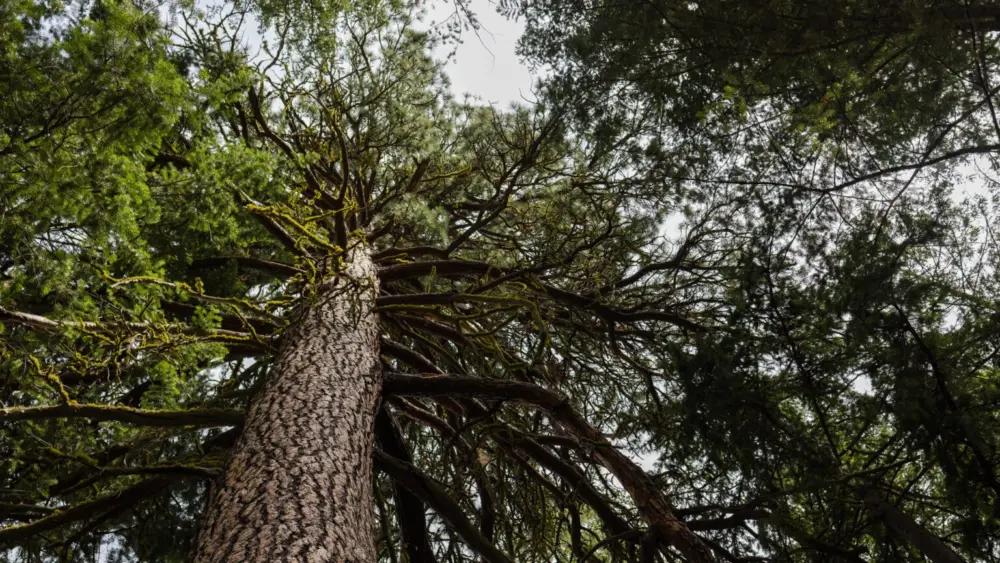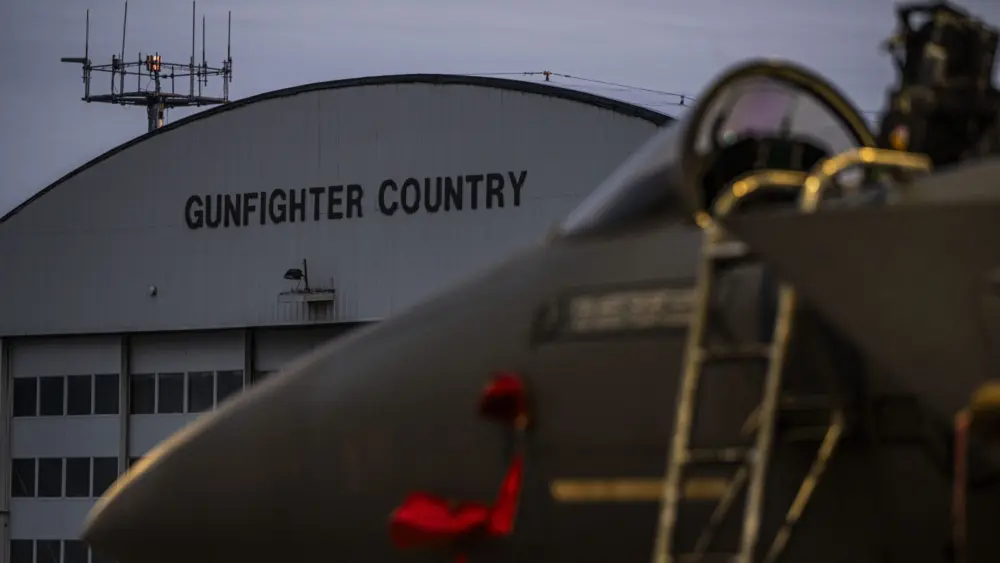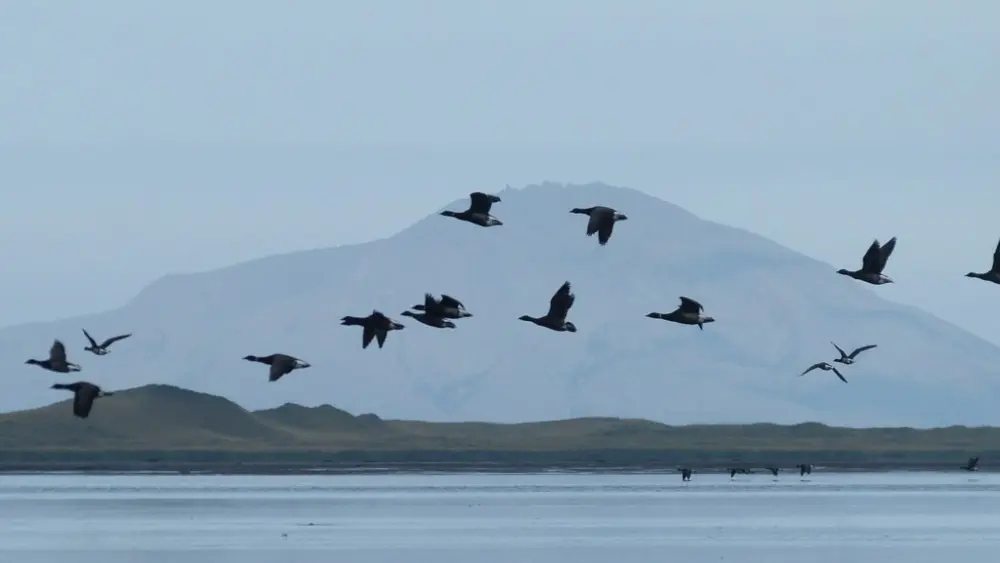BOISE, ID – As hot, dry weather settles in, officials are predicting a greater than usual likelihood that Idaho will experience significant wildfires this summer.
The Predictive Services Office at the National Interagency Fire Center in Boise’s new forecast for June through September shows an above normal potential for significant wildfire developing in northern Idaho this month. The above normal potential for significant wildfire then expands into southern Idaho and central Idaho from July into September.
“What that means is if an accidental ignition occurs or a lighting ignition occurs, there is going to be a greater potential for those ignitions to develop into serious incidents that get large enough to affect people or pose a risk to life or property,” said Rebecca Paterson, a public affairs specialist for the the Bureau of Land Management who is based at the National Interagency Fire Center, or NIFC, in Boise.
Even though there was a healthy snowpack in many parts of Idaho this winter, warm, dry weather has rapidly melted the snowpack, which contributes to the risk of wildfire, Paterson said.
Abundant drying grass crops throughout southern Idaho, mixed with forecasts for low levels of precipitation and high temperature also contribute to the risk, she said.
Located next to the Boise Airport, NIFC is the country’s headquarters for wildland fire operations. Several different agencies are represented at NIFC, including the Bureau of Land Management, U.S. Forest Service, National Park Service and more.
State of Idaho, federal government set aside money to boost firefighter pay following concerns
Both the state and federal government have taken steps to address widespread concern over pay for wildland firefighters.
In March, the Idaho Legislature’s budget committee approved $1 million in pay bonuses for state firefighters working for the Idaho Department of Lands.
That same month, the U.S. Department of Interior announced permanent pay increases for federal and tribal wildland firefighters.
Paterson said the federal pay increases are a result of years worth of efforts to help recruit and retrain firefighters. She said the firefighters who stand to benefit most from the pay increases are firefighters in the beginning stages of their career at the lower end of the pay scale.
It’s too early to tell how the raises are affecting retention, but on Monday afternoon a Department of Interior spokeswoman said hiring is up slightly compared to a year ago. As of June 2, the U.S. Department of Interior had hired 4,830 wildland fire personnel across the country, which is up slightly from a year ago, the spokeswoman said.
But even with steps taken to address pay and turnover, Idaho Department of Lands Director Dustin Miller still expressed concern with the levels of federal nonfirefighting staff and the ability to hire and retain mid- to upper-management level engine captains in Idaho.
“I am confident in the amount of resources we are going to have this year (at the state level, but) what is concerning is the support positions at the federal level,” Miller said in a phone interview Monday. “We have been told to expect the same level of initial attack resources from the U.S. Forest Service, but what is concerning is that many nonfire staff who pay critical roles in incident management teams have taken various voluntary departure options offered by the federal government.”
At the state level, Miller said Idaho will also have slightly more firefighters than last year. But Miller said Idaho still struggles to fill permanent engine captain positions. As a result, Miller said the Idaho Department of Lands will only be able to staff 50% of the engines with seven-days-per-week coverage.
Miller said the Idaho Department of Lands is looking to other permanent staff members who have retained their fire qualifications to help boost staffing and coverage.
“We are ready to go this fire season,” Miller said. “We have most of the resources we need and, again, we will be relying heavily on others within the Department of Lands to participate at some level during fire season.”
Support for Idaho’s state wildfire suppression fund
Another potential concern is funding in Idaho’s state wildfire suppression fund. This year, the Idaho Legislature approved transferring $40 million to the state’s Fire Suppression Deficiency Fund, the Sun previously reported. However the $40 million is less than the $58 million the state spent fighting wildfires in 2024 alone.
If the state spends more money than it has available to fight wildfires, it can still pay its bills through a process called deficiency warrants. But then the state would need to go back to the Idaho Legislature next year with bills for the deficiency warrants, which would be a little bit like using a credit card to pay wildfire bills.
At any rate, Gov. Brad Little had requested $60 million in new funding (not just the $40 million) for the wildfire account and urged legislators to give the state the tools it needs to aggressively fight wildfires from the beginning.
Partnerships and relationships between different state and federal agencies are key factors in fighting wildfires.
In Idaho, the location of where a fire starts plays a role in determining which agency responds. Depending on jurisdiction, what type of land the fire is located on and how big the fire is, federal wildland firefighters, state firefighters, the local community fire department or a volunteer fire protection service may show up to fight the fire.
Fire officials call on the public to help reduce risk of wildfire
While firefighters cannot prevent lightning strikes from starting wildfires, Paterson did say Idahoans can help reduce the risk of wildfire this summer. Most of the wildfires in Idaho in recent years have been caused by people.
Dousing all campfires and extinguishing them dead out, avoiding parking vehicles on grass and preventing chains from dragging behind vehicles and throwing off sparks can all help prevent wildfires.
“Weather, climate and fuel conditions cause those ignitions to become serious incidents, perhaps a lot faster than you expect, and tax responders’ ability to respond,” Paterson said.
This story first appeared on Idaho Capital Sun.





